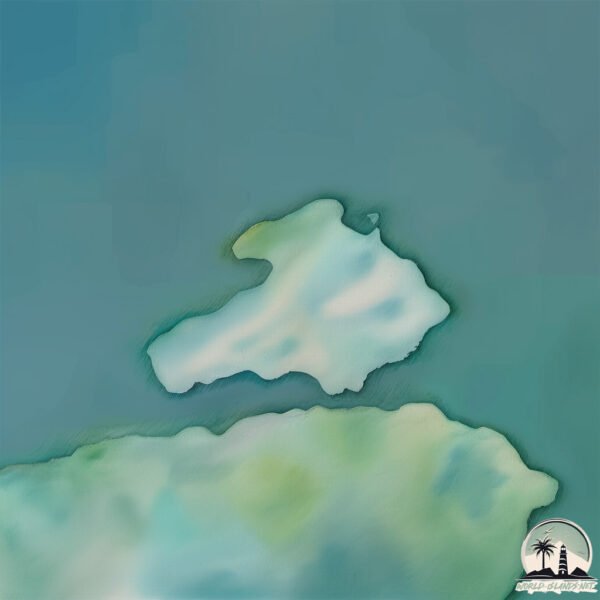Hansa

Welcome to Hansa, a Temperate island in the South Pacific Ocean, part of the majestic Pacific Ocean. This guide offers a comprehensive overview of what makes Hansa unique – from its geography and climate to its population, infrastructure, and beyond. Dive into the details:
- Geography and Size: Explore the island’s size and location.
- Climate and Weather: Weather patterns and temperature.
- Topography and Nature: Uncover the natural wonders of the island.
- Infrastructure and Travelling: Insights on reaching, staying, and making the most of your visit.
- News and Headlines: Latest News.
Geography and size of Hansa
Size: 0.916 km²
Coastline: 4.9 km
Ocean: Pacific Ocean
Sea: South Pacific Ocean
Continent: South America
Hansa is a Tiny Island spanning 0.916 km² with a coastline of 4.9 km.
Archipel: Cordillera Patagónica Insular – A series of islands in the Patagonian region, known for their dramatic landscapes and part of the Andean mountain range.
Tectonic Plate: South America – A major plate covering the South American continent and part of the Atlantic Ocean, known for the Andes mountain range and significant seismic and volcanic activity.
The geographic heart of the island is pinpointed at these coordinates:
Latitude: -49.13562979 / Longitude: -75.25524141
Climate and weather of Hansa
Climate Zone: Temperate
Climate Details: Subpolar Oceanic Climate
Temperature: Cold Summer
Climate Characteristics: Predominantly cold with cool summers and no dry season. Often found in coastal areas at higher latitudes or on islands.
Topography and nature of Hansa
Timezone: UTC-04:00
Timezone places: America/La_Paz
Max. Elevation: 30 m
Mean Elevation: -23 m
Vegetation: Evergreen Broadleaf Forest
Tree Coverage: 82%
The mean elevation is -23 m. The highest elevation on the island reaches approximately 30 meters above sea level. The island is characterized by Plains: Flat, low-lying lands characterized by a maximum elevation of up to 200 meters. On islands, plains are typically coastal lowlands or central flat areas.
Dominating Vegetation: Evergreen Broadleaf Forest
Characterized by dense, lush canopies of broadleaf trees that retain their leaves year-round. These forests are typically found in tropical and subtropical regions and are known for their high biodiversity. Hansa has a tree cover of 82 %.
Vegetation: 3 vegetation zones – Moderately Diverse Island
These islands start to show a broader range of ecological niches. With three vegetation zones, they may offer a mix of ecosystems like coastal areas, inland woods, and perhaps a distinct wetland or dry area. This diversity supports a wider range of flora and fauna, making these islands more ecologically complex than those with minimal diversity.
Infrastructure and Travelling to Hansa
Does the island have a public airport? no.
There is no public and scheduled airport on Hansa. The nearest airport is El Calafate – Commander Armando Tola International Airport, located 377 km away.
Does the island have a major port? no.
There are no major ports on Hansa. The closest major port is PUERTO NATALES, approximately 413 km away.
The mean population of Hansa is 1 per km². Hansa is Uninhabited. The island belongs to Chile.
Continuing your journey, Chipana is the next notable island, situated merely km away.
War between Canada and Denmark. The Whisky War



Chile is classified as Emerging region: G20: Group of Twenty – Major economies comprising both developed and emerging countries, representing the world’s largest economies. The level of income is Upper middle income.
News – Latest Updates and Headlines from Hansa
Stay informed with the most recent news and important headlines from Hansa. Here’s a roundup of the latest developments.
Please note: The data used here has been primarily extracted from satellite readings. Deviations from exact values may occur, particularly regarding the height of elevations and population density. Land area and coastline measurements refer to average values at mean high tide.
